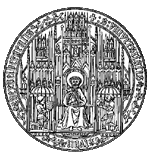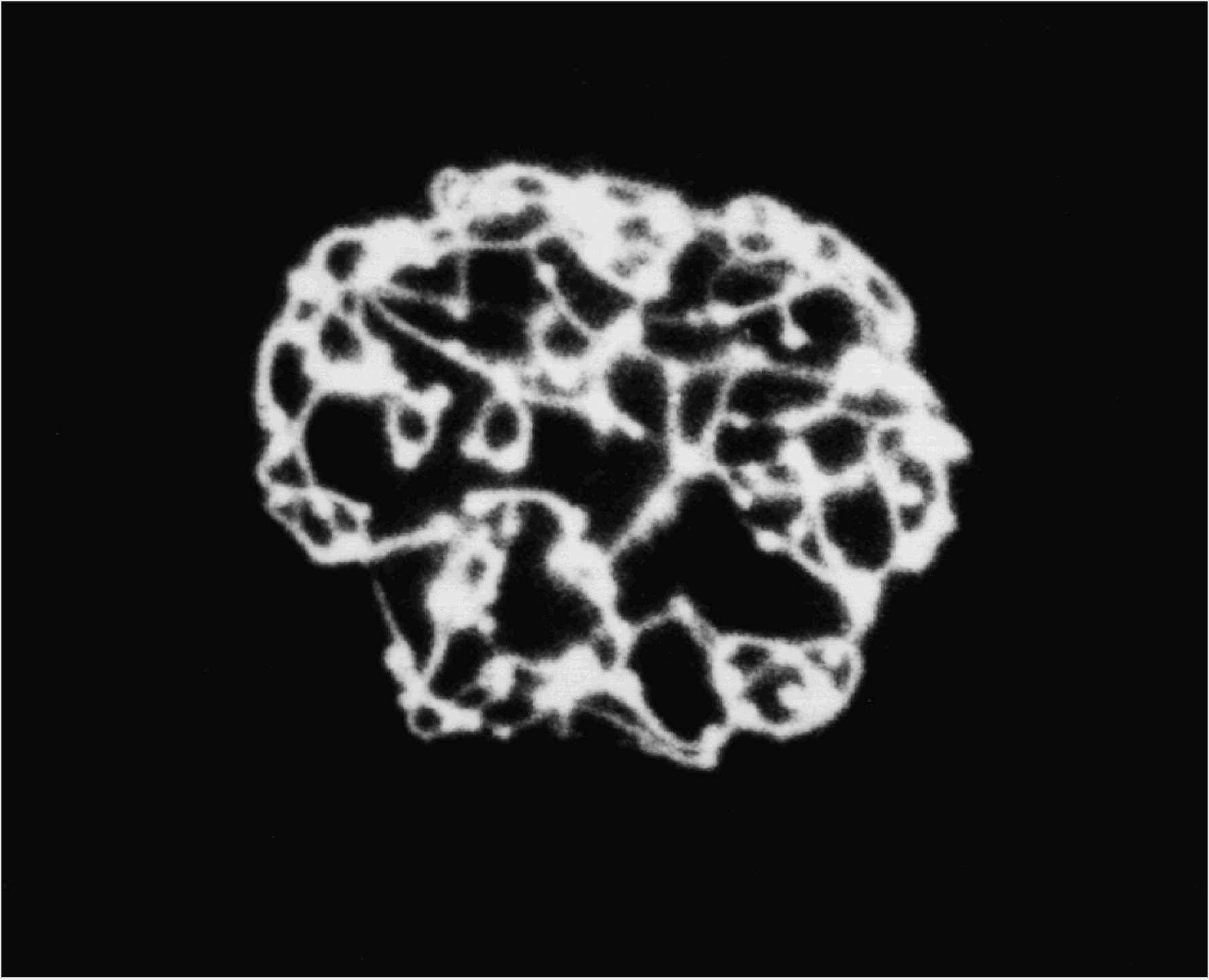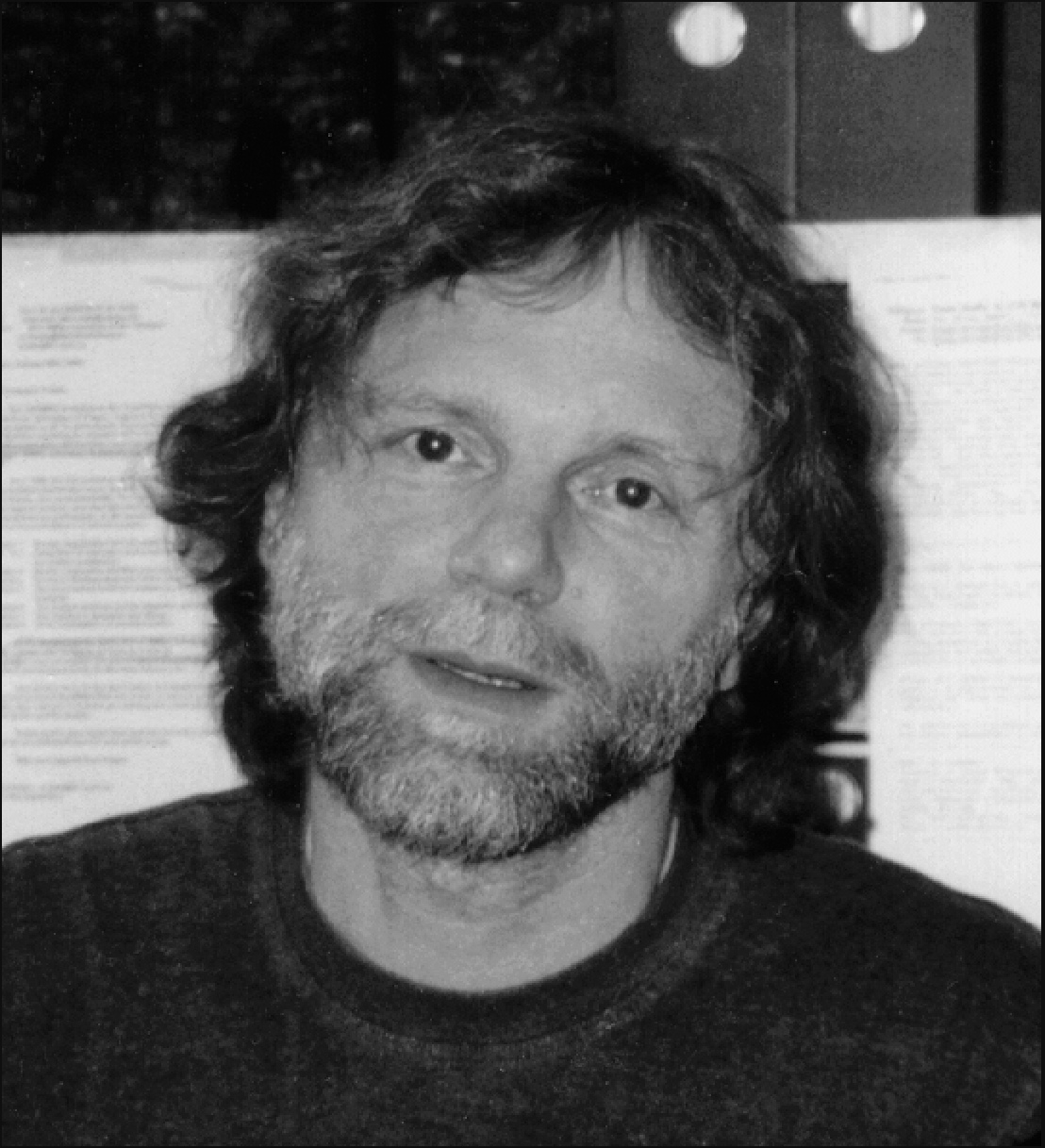
| |
Harald Herrmann-Lerdon
PhD 1980 University of Hamburg, Germany,
Postdoctoral work at the Institute of Biochemistry of the University of Vienna, Austria,
in the Division of Cell Biology, German Cancer Research Center (DKFZ) since 1987
Intermediate Filament Assembly
Current Research
Intermediate filaments (IFs) are hallmark structures of metazoan cells both in the nucleus and in the cytoplasm. They are made from fibrous proteins that form extended coiled-coil dimers of 50 nm length. However, the nuclear IF proteins, lamins A/C and B, completely segregate from the cytoplasmic IF proteins. Lamins constitute a complex network underlying the inner nuclear membrane to that the chromatin attaches. In addition, lamins form some type of intra-nuclear fibrillar system which is evidently engaged in DNA replication. How this is accomplished, if these two systems are interconnected and how they are assembled after mitosis, is completely unknown. We have recently elucidated a general in vitro assembly pathway for cytoplasmic IFs and determined the atomic structure of the IF consensus domain critically involved in assembly. We have shown, however, that this pathway does not apply for the lamins but that these evolutionarily highly conserved nuclear scaffold proteins apparently assemble in an utterly unique way.
Contact:
PD Dr. Harald Herrmann-Lerdon
Div. Cell Biology/DKFZ
Im Neuenheimer Feld 280
D-69120 Heidelberg
Germany
Tel: - 49 - 6221 - 42 3512
Fax: - 49 - 6221 - 42 3404
email: h.herrmann@dkfz.de
personal home page: www.dkfz.de
Projects for a Doctoral Thesis
How do IFs assemble in vivo, in particular, are there distinct assembly machines that generate appropriate filament modules. What are the cross-bridging factors that integrate growing IFs into the cytoskeleton or, for lamins, into the nuclear matrix. The yeast two hybrid system and affinity-isolation-type experiments in combina-tion with mass spectroscopy will be employed to identify integrating factors of cellular structure. Microinjection of recombinant protein fragments of IF proteins will be used to investigate the dynamics of cell structure by live cell imaging and 4D reconstruction.Selected Publications
Herrmann, H. and Aebi, U., 1998, Curr. Opin. Struct. Biol. 8, 177-185.
Herrmann, H. et al., 2000, J. Mol. Biol. 298, 817-832.
Herrmann, H. and Aebi, U., 2000, Curr. Opin. Cell Biol. 12, 79-90.
Moir, R.D. et al., 2000, J. Cell Biol. 149, 1179-1191.
Reichenzeller, M. et al., 2000, J. Struct. Biol. 129, 175-185.

Figure shows fluorescent importin beta bound to nuclear pore complexes.
